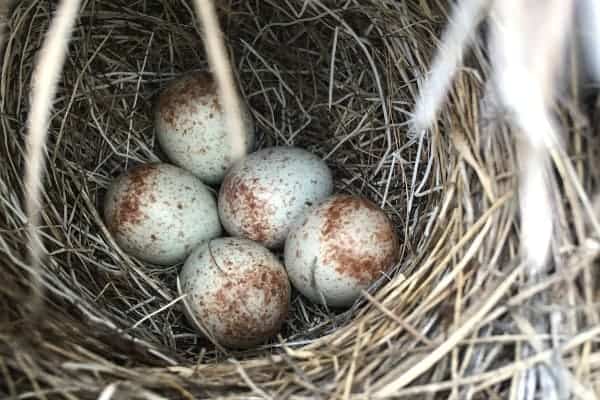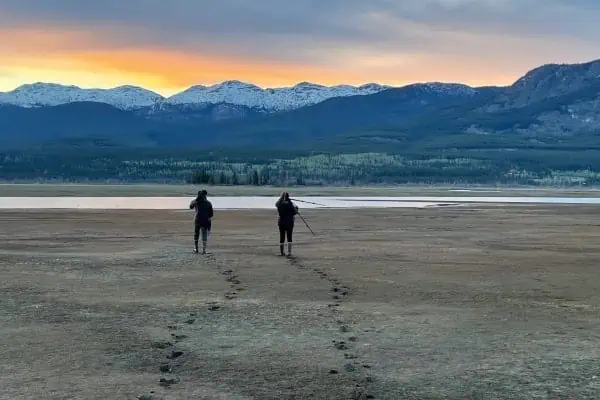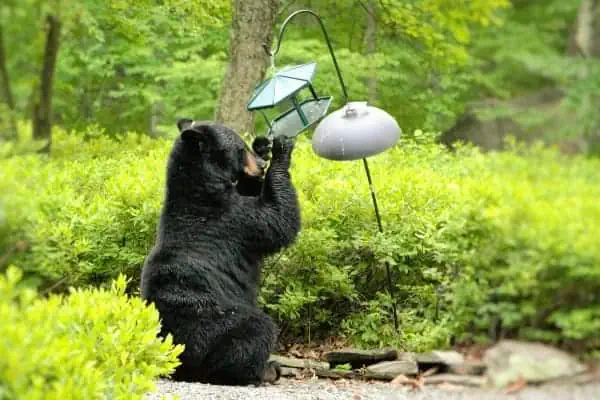My lack of birding skills used to be a secret shame.
When it did come out, it was with an embarrassed acknowledgment that despite a background in biology and an intense love of nature, I was at best a “crap birder”.
That, however, was inaccurate. I was no kind of birder, for I had given up before even starting. I’ve had people approach me with a similar feeling about plants, particularly edible ones.
“But there are so many!” is the common refrain. “How does one know where to start?”
I was recently given a nudge in the bird department that reminded me that we all start as beginners, and that at any point we can begin.
I had the great fortune to spend a June week in Vermont in the company of writers, aspiring and professional, from all walks of life. One whose vocation you might expect was an English teacher at a community college in Philadelphia named Jamie. Though we met in line for a drink, we ended up getting to know each other by sharing our love and knowledge of the natural world on early morning forays into the surrounding countryside. He seemed to know every bird by song, and my plant identification skills (which in that foreign land amounted to recognising families and close relatives) were sufficient to expand his awareness.
Where before I had felt unable to bridge the bird class from Mammalia to Aves, with Jamie’s helping ear I began to pick out individual voices from the chorus: the up-and-down of the red-eyed vireo, the insistence of the ovenbird.
Some who sounded familiar but spoke different dialects: the ubiquitous black-cap chickadee, dee, dee and the common yellowthroat. I came home with a newfound resolve to use the tools at my disposal (eyes, ears, binoculars, and notebook) to get to know my feathered friends.
It was not the names that were important; it’s never the names. It was watching the eyes of this bird-devotee, in the moment before he raised his binoculars, when he was already seeing the musician. He knew whom he was listening to, whom he would look for. He had a picture in his mind of the way it lived; what trees it might be in, where in the canopy it liked to spend time, what it might be eating. For him it was not just a pretty song; it was a key to unlock a door behind which lay a treasure trove of information.
Watching this, I thirsted for knowledge while savouring my beginner’s mind. Once I could put face to voice, it would take an extra effort to sit in the song itself, and be lulled by its notes without immediately thinking of the maker.
Still, I find comfort in knowing it’s the white-crowned sparrow on my doorstep, as I do in knowing yarrow isn’t far away. So I for(a)ge on, remembering at times to be easy on myself for what I don’t know, and delighting as much in my ignorance as in newfound knowledge. There will always be more to learn.
Foraging for Beginners
Here are three common easy-to-identify plants that will make wonderful additions to your edible repertoire.
Lamb’s quarters – also called pigweed, this robust herb grows in many people’s gardens. Related to quinoa, the entire plant is edible, though the stems get tough as they get large. Use the leaves in salad and pesto, or steam them. Great source of vitamin C, A and calcium.
Chickweed – also ubiquitous in the garden, this is a great addition to salads, smoothies, salads, soups; anything that wants a fresh, green zing. High in vitamins C and A and many minerals.
Mossberry – called crowberry where I grew up, these easy-to-harvest berries are often overlooked. Look for them in boggy patches, often higher up in elevation. A great source of vitamin C, and wonderfully thirst-quenching, they freeze well for the winter.




